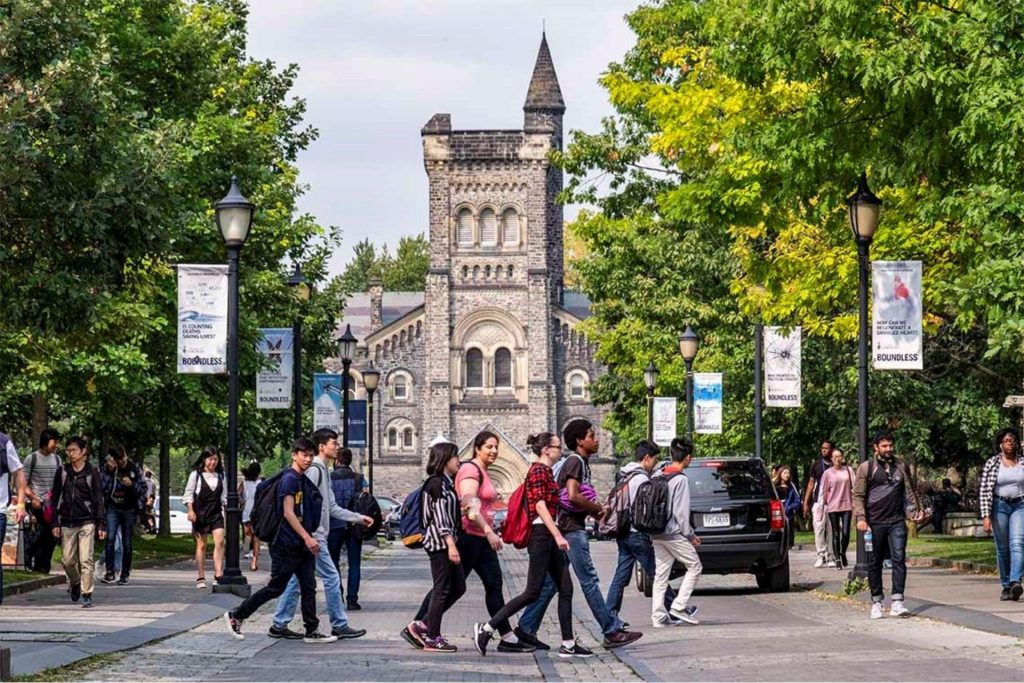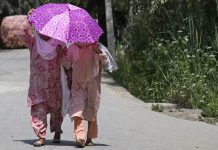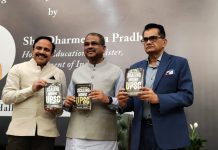
For Indian students, it was a rude shock when they received deportation notices from the authorities after they were found to have been granted visas on the basis of fake offer letters
The stay on their deportation from Canada has provided temporary relief to Indian students who had completed their degree courses and secured work permits but were subsequently found to have allegedly been granted visas on the basis of fake admission offer letters. This leads to a question on the role of the Canadian embassy officials who issued visas without verifying the authenticity of the letters.
However, there are more questions as to why this brain drain is happening when jobs and other opportunities are shrinking overseas. A recent viral video originating from Kitchener, located 100 kms west of Toronto, showed long lines of Indian international students and graduates at a part-time job fair. Though this one instance has exploded on social media and garnered millions of views, it is by no means the only one: similar reports are emerging from throughout Canada.
For Indian students, it was a rude shock when they received deportation notices from the Canadian Border Security Agency. The deportations have temporarily been stalled after the Indian government took up the matter with the Canadian authorities. Prime Minister Justin Trudeau has emphasised the need for fair treatment of the aggrieved students, while Leader of the Opposition Pierre Poilievre has demanded that the fraudsters be prosecuted and ‘honest students’ be allowed to ‘stay, work and contribute to Canada.’
The fact remains students are making a significant contribution of revenue to Canada and its economy. It’s not easy for parents to send their children abroad for studies. Some of them even have to mortgage their immovable property and dip heavily into their life savings. No wonder, hundreds of students facing deportation due to forged offer letters had hit the streets in the Greater Toronto Area (GTA) in Canada.
International students coming to Canada not only bear the burden of high tuition fees – over five times what local Canadian students pay – but also have to invest a minimum of $10,000 in a mandatory Guaranteed Investment Certificate.
Students say, “Landlords are arbitrarily raising rents, even threatening eviction if we fail to pay increased amounts. Beds are renting for 800 dollars a pop in overcrowded accommodations. Some students have been forced to rely on food banks”. Canada is projected to welcome 753,000 international students this year, an increase from 550,000 last year. These students contribute about 25 billion dollars annually to the economy. Brampton, Ontario, and Surrey, British Columbia, are typically the cities associated with the Indian diaspora in Canada. They have permeated the Punjabi consciousness so thoroughly – through movies, songs and literature – that they are considered extensions of Punjab as well as integral parts of Canada.
However, the narrative of the Indo-Canadian community extends beyond these two cities. Owing to factors such as a booming economy and relative affordability, Calgary, specifically the north-eastern part of Canada’s third-largest city proper, has emerged as a prominent South Asian hub over the past decade. The incumbent mayor of Calgary is Punjabi, Jyoti Gondek. Her predecessor, Naheed Nenshi, an Ismaili of Gujarati origin, was the first Muslim mayor of a large North American city. Moreover, the mayor of Alberta’s capital, Edmonton, Amarjeet Sohi, is also of Punjabi descent. Calgary’s relative affordability, cheaper housing compared to the Greater Toronto Area (GTA) and the Greater Vancouver Area (GVA), is attracting a substantial number of Desi newcomers. This includes both new immigrants and those migrating from the GTA and GVA.
A Canada-based Friends of Canada & India Foundation had come out in support of these students. The foundation had written a letter to Sean Fraser, Minister of Immigration, requesting an immediate stay on the proceedings to deport the students. “We urge you to intervene in this matter and stop the deportation process immediately as this incident demands a broad investigation. The student visas and work permits were granted on the basis of forged documents pertaining to the Canadian institutions, this fact raises serious questions on the efficiency and competence of the Canadian immigration regime. It is understandable that protecting the integrity of the Canadian immigration regime is one of your priorities, but this special case demands a compassionate approach,” the letter read. It added, “The students have invested their life’s earnings in getting higher education in Canada. A number of them come from poor and marginalised families. They have invested their time, money, and youth in Canada. They have done everything to prove themselves as good students and hard workers. The deportation will prove to be catastrophic to these young lives and it will also impact Canada’s image as a preferred destination for higher studies globally”. The allegations that student visas and work permits were granted on the basis of forged documents pertaining to the Canadian institutions, raises serious questions on the efficiency and competence of the Canadian immigration regime.
Several leaders, including MP for Mississauga-Malton Iqwinder S Gaheer, Saskatoon West MP Brad Redekopp, MPP (Member of Provincial Parliament) for Brampton South Prabmeet Sarkaria, MPP for Brampton West Amarjot Sandhu and Brampton East MPP Hardeep Grewal, have extended support to the protesting Indian students. NRI Minister Kuldeep Singh Dhaliwal had also written a letter to the MEA asking it to take up the matter with the Canadian authorities and stop the deportation. Punjabi singers Sherry Mann and Elly Mangat had also visited the students’ protest in Canada.
However, the serious issue is brain drain. No other region in India has a more pronounced effect of it than Punjab. Everyone in the state knows someone who lives and works abroad. Mass exodus of youngsters from Punjab to Canada in search of a better life is a known fact now. Most emigrate to Canada as students, since it’s the quickest route, but marriages with Canadian residents and family or friend sponsorships are also common. The age bracket of emigrants is 22-28, with the majority holding undergraduate degrees and some even having work experience in their respective fields of study. Unfortunately, the work that they find here in Canada seldom matches their academic qualifications. They usually end up going into logistics, driving trucks or working in other less glamorous professions such as taxi drivers, salesmen, factory workers and so on.
Canadian GDP is about 68 per cent the size of Indian GDP, the Canadian population is, however, only 2.6 per cent the size of Indian population — to make sense of the difference in standard of living and available opportunities in the two countries. Punjabi, for example, is the second-most spoken language in the town of Surrey, a city of some 6,00,000, and it is also one of the most widely spoken languages in the Greater Toronto Area , the biggest urban agglomeration in the country with more than six million people.
In the meanwhile, in another major shock for India, the Australian authorities and universities have reportedly rejected the application of students from Punjab and Haryana. According to reports Australian officials from the Department of Home Affairs (DHA) had warned international education operators about soaring numbers of “low-quality applications”.












